- Jigyasa | #1 Newsletter for curious minds
- Posts
- Turning Air Into Water: The Tower That’s Saving Lives Drop by Drop
Turning Air Into Water: The Tower That’s Saving Lives Drop by Drop
What If the Air Around You Could Be Your Cleanest Source of Drinking Water?From ancient trees to modern technology, one invention is rewriting the story of water, dignity, and survival in rural Africa.

Imagine waking up every morning knowing that your first task is to walk miles—sometimes barefoot, sometimes under a scorching sun—just to find water that might not even be clean. Now imagine that the air around you, which feels so empty, could become your family’s fountain of life.
That’s what Italian designer Arturo Vittori witnessed during his 2012 visit to rural Ethiopia. He saw families living without electricity, toilets, or running water. He saw children missing school and mothers burdened by daily water treks. And then, something sparked. What if water could come from the sky—not as rain, but as something captured, drop by drop, from the air itself?
This is the beginning of the Warka Water Tower—a story of empathy, imagination, and invention.
💧 The Problem

Access to clean drinking water remains one of the world’s most urgent challenges. In many rural areas, especially in parts of Africa, people rely on ponds or shallow streams—often shared with animals. This water is frequently contaminated, leading to deadly diseases like cholera, typhoid, and diarrhea.
In these communities, collecting water isn't just a chore—it’s a daily battle. And it often falls on women and children, affecting education, health, and opportunities. This water crisis keeps communities trapped in a cycle of poverty and illness.
🌳 Inspiration of the Project

The idea of the Warka Water Tower was inspired by the Warka Tree, a giant fig tree native to Ethiopia. Villagers often gather under its wide canopy for meetings, rest, and storytelling. It’s more than a tree—it’s a symbol of community and wisdom.
But nature provided more than symbolism. The design of the tower draws inspiration from animals and plants that harvest water in dry places:
Namib beetles catch moisture on their shells.
Cactus spines direct dew into storage.
Spider webs and lotus leaves collect and repel water in special ways.
Why not use these natural tricks to help people?
🛠️ A Simple Solution
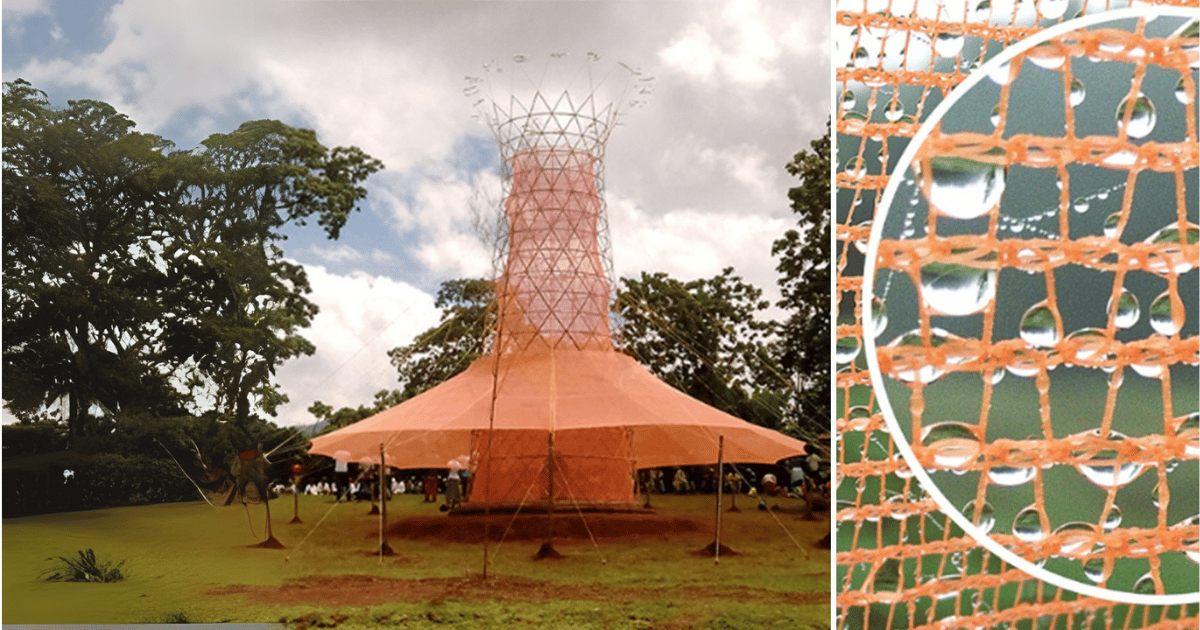
Warka Water Tower was born—a 30-foot-tall vertical structure that harvests water from the air using a special mesh net. It’s not powered by electricity. It doesn’t need plumbing. It’s made with locally available materials, easy to build by the villagers themselves, and costs a fraction of traditional water systems.
Each tower can collect 50–100 liters of clean water per day, enough to meet the basic needs of an entire family.
🔁 Function and Working
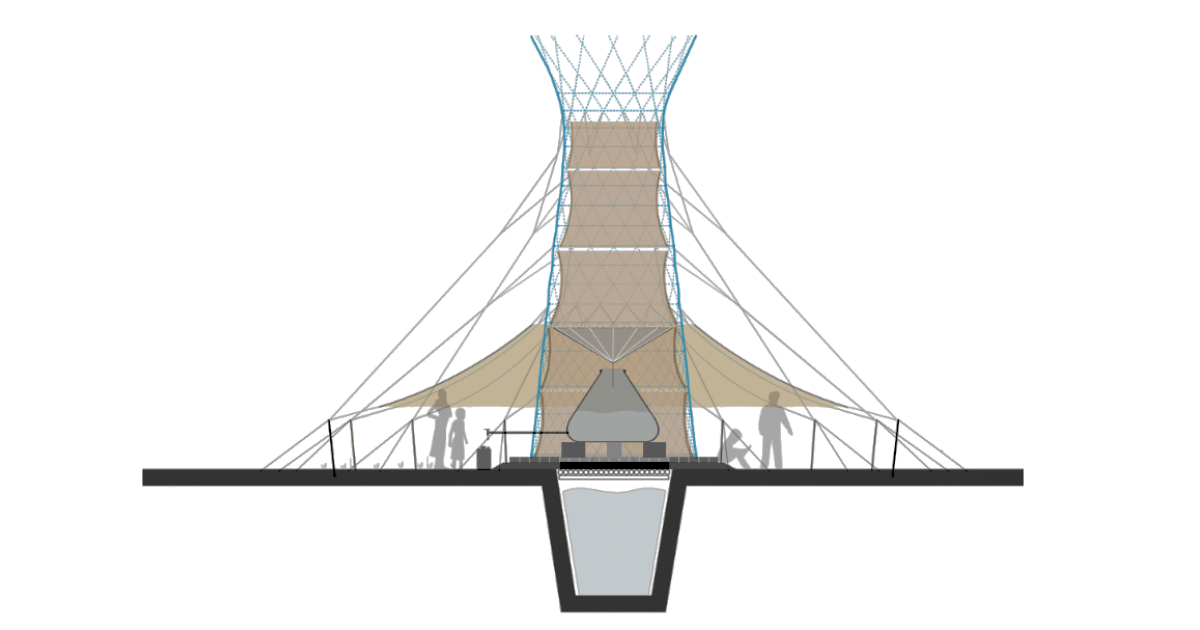
The Warka Tower works by capturing moisture from the atmosphere—fog, dew, and rain—through a carefully designed mesh net. Water droplets condense on the mesh, slide down by gravity, and are collected in a tank at the base of the tower.
It's entirely passive, using no electricity, and works day and night. And the canopy provides shade and shelter, becoming a social hub for the village.
⚙️ Physics – How Does It Work?
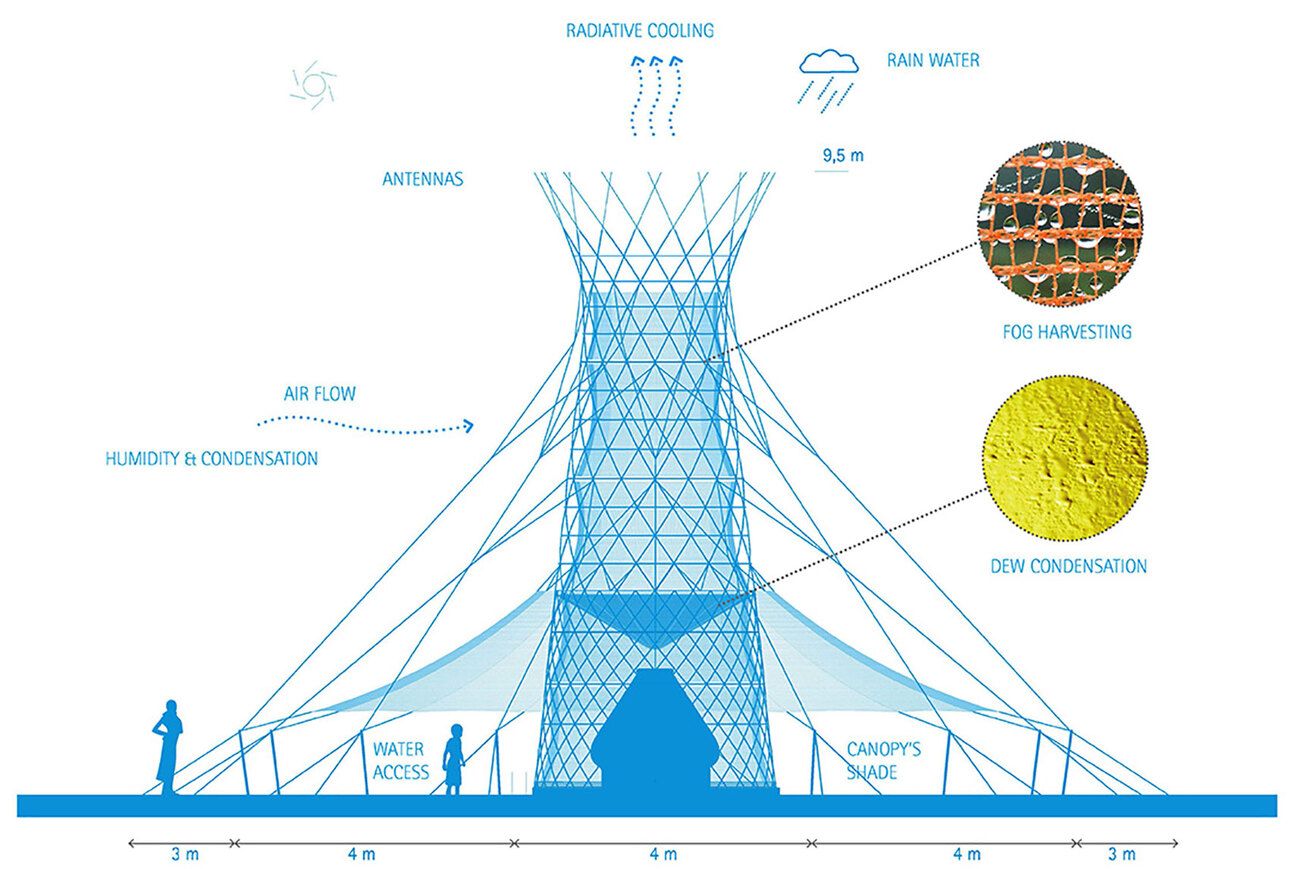
Here’s the science:
Air always holds some water vapor, even in dry climates. When this moist air touches the cooler surface of the mesh, condensation occurs—just like how a cold glass "sweats" on a hot day.
The tower uses:
Gravity to pull water down.
Condensation and evaporation to change water from vapor to liquid.
Hydrophobic surfaces (like lotus leaves) to help droplets roll down quickly.
This simple yet brilliant use of physics and biomimicry makes the tower effective even in places without rain.
🌿 Materials
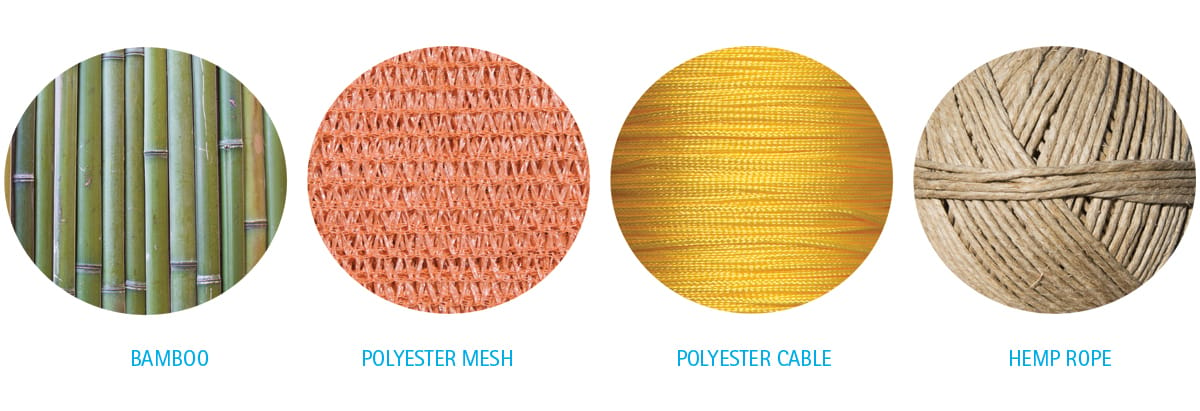
The Warka Tower is proudly plastic-free and built from biodegradable, 100% recyclable materials, such as:
Bamboo
Raffia palm leaves
Fiber ropes
Dry straw
Lianas (woody vines)
Adobe (natural clay)
Local stone
Even fibers from the false banana tree!
It’s not just about what it’s made of—it’s about how it’s made. The design includes traditional basket-weaving techniques, giving it cultural depth and strength.
🏗️ Construction
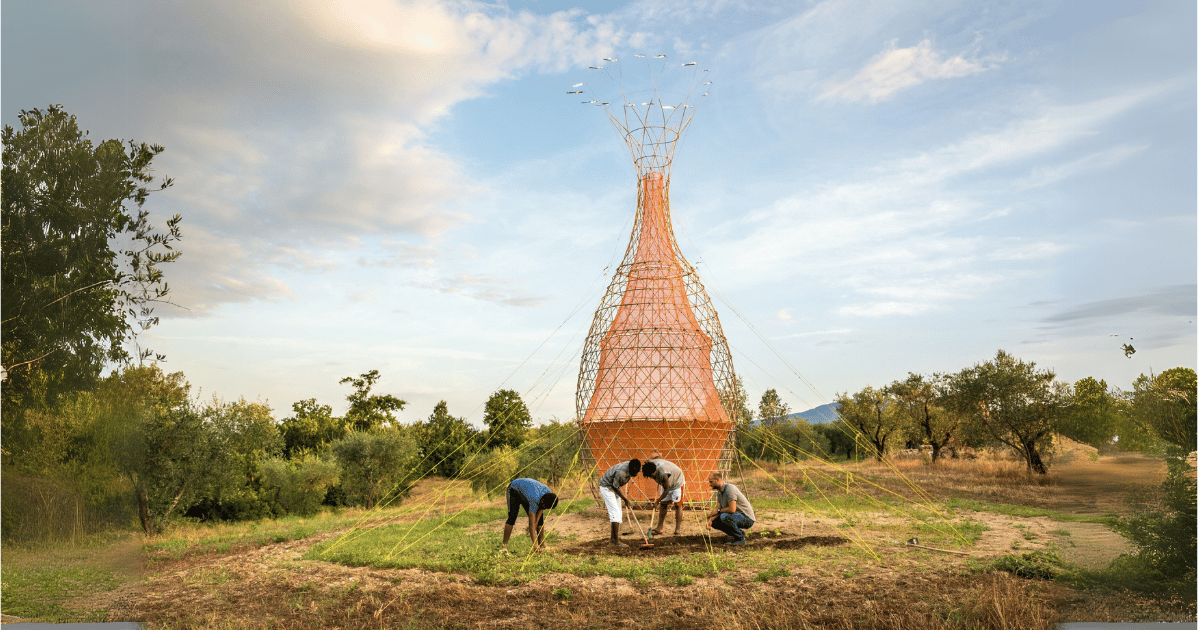
The tower is designed so that villagers themselves can build and maintain it—no scaffolding, no electricity, no machines required. Simple tools, local knowledge, and teamwork are enough.
While each Warka Tower shares the same philosophy, every tower is unique, shaped by the local geography, weather, culture, and available materials.
Construction time and cost vary, but most can be built in under a week,
🚰 Water Harvesting – After Collection
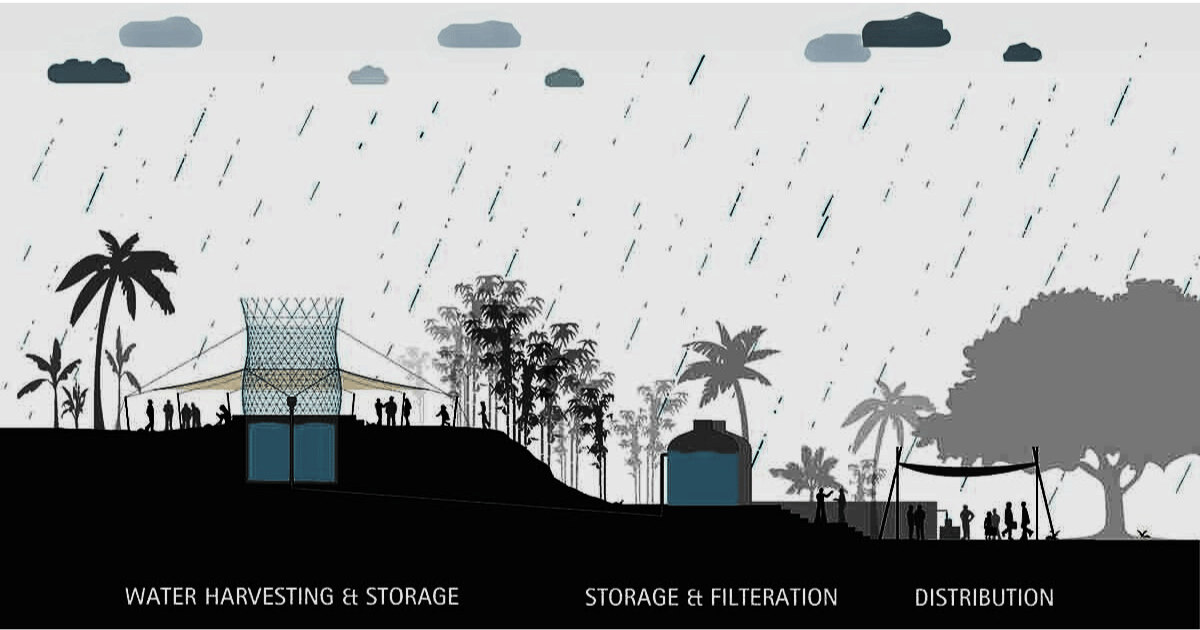
Water collected from the air travels down the mesh and into a central storage tank at the base. From here, villagers can access it for:
Drinking
Cooking
Washing
Growing food
And beyond survival, the tower also becomes a place for learning and healing—a shaded space where people gather to share knowledge, practice traditional medicine, and learn hygiene.
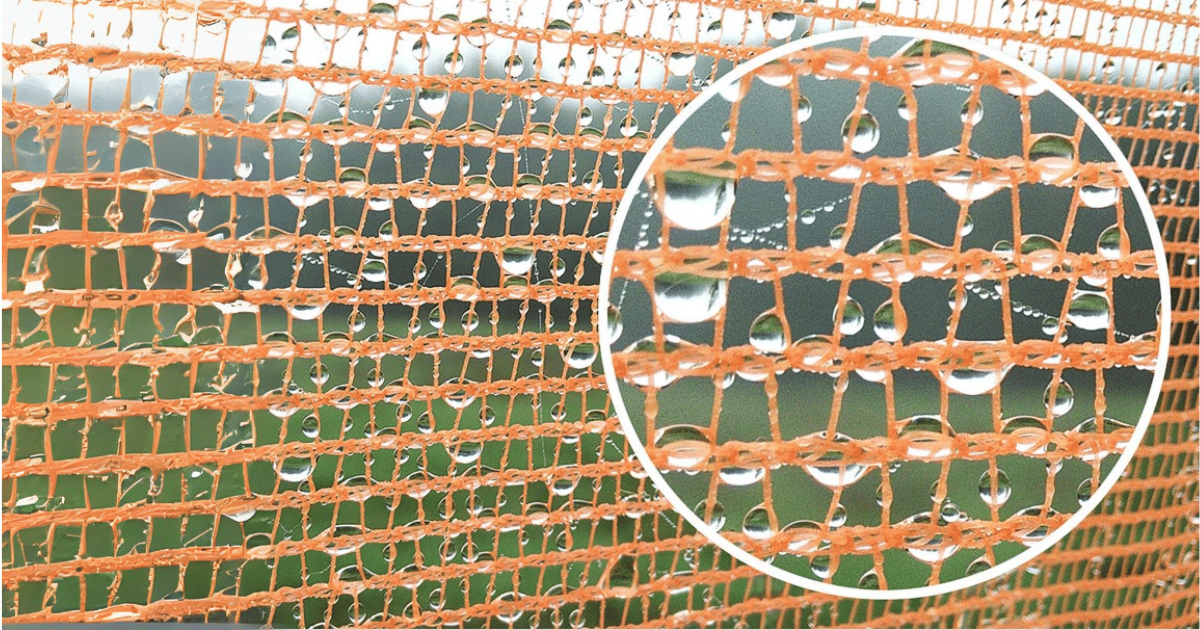
🌍 Positive Impact
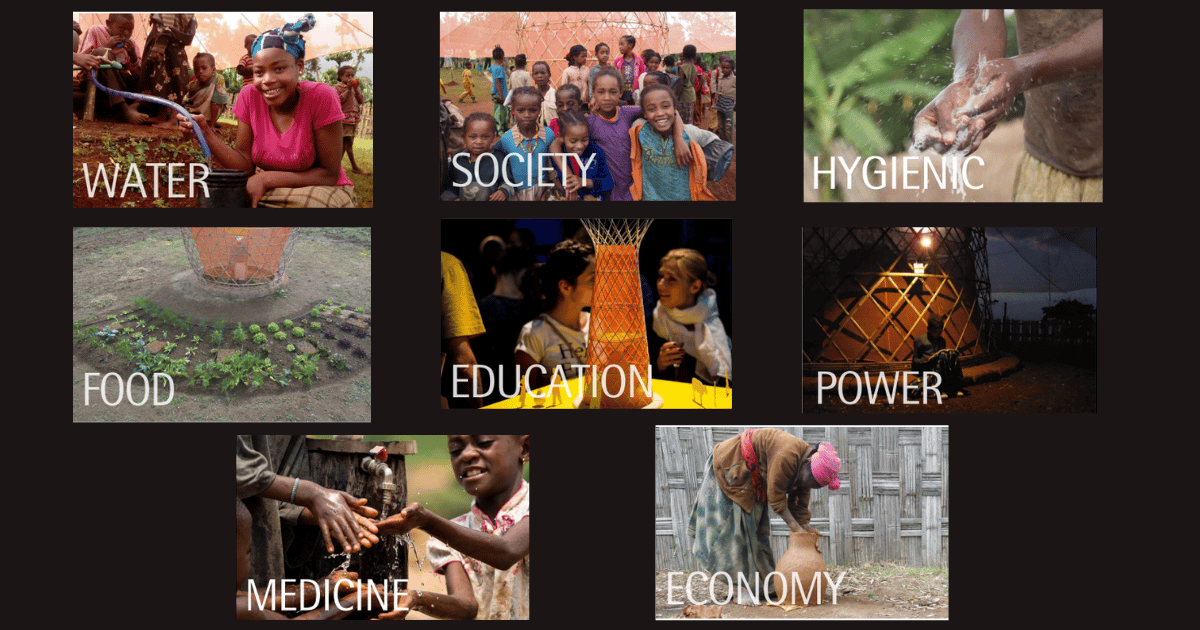
The Warka Tower brings change on multiple fronts:
Water: Provides a daily supply of clean drinking water.
Health: Reduces diseases caused by dirty water.
Education: Kids spend more time in school and less time fetching water.
Community: Offers a shaded meeting place for villagers.
Food: Enables small-scale farming and irrigation.
Power: In some towers, solar lights are added under the canopy to let children study after dark.
🌱 Sustainability – How It Helps the Environment
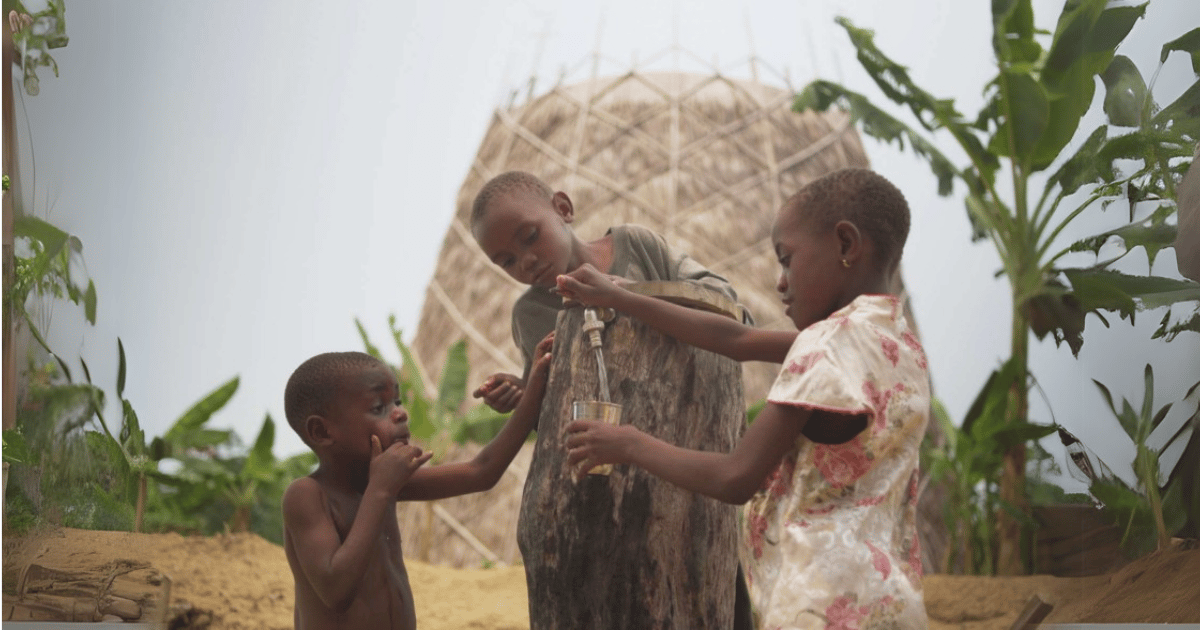
Warka Tower is a temporary, trace-free structure—it respects nature, uses no electricity, and is built with natural materials.
It promotes:
Eco-awareness: Villagers learn water conservation and sustainable practices.
Reduced deforestation: Moves away from slash-and-burn farming by introducing permaculture.
Regeneration: Collected water supports plant life and local ecosystems.
🚀 Future Scope – Scaling Up
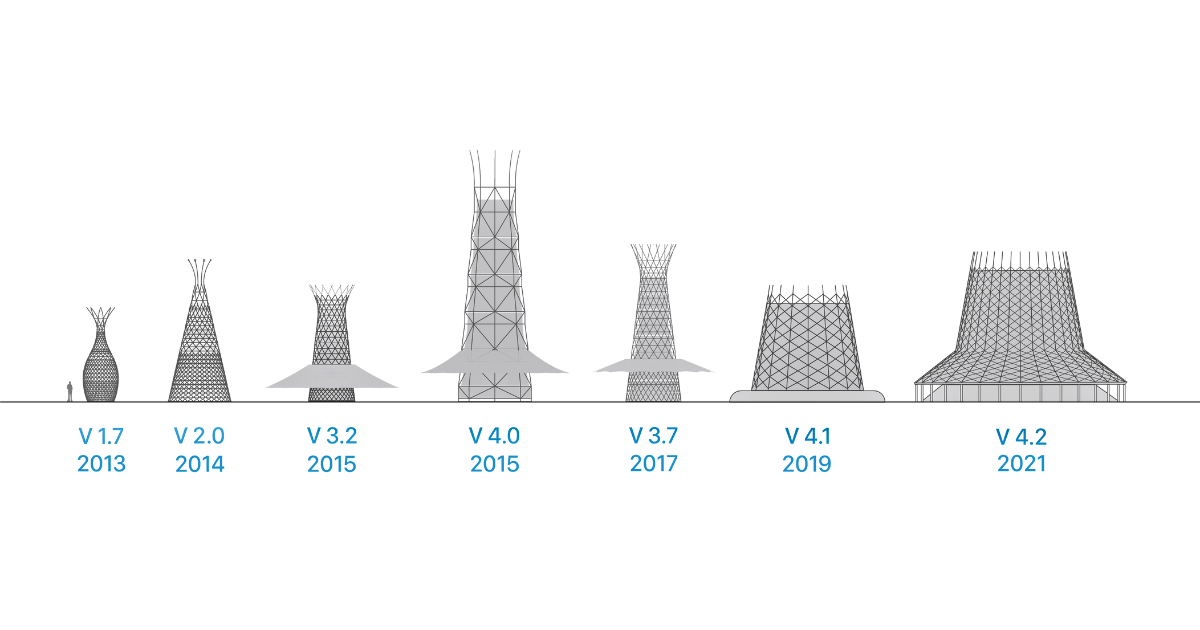
The vision doesn’t stop with villages.
The same design ideas—architecture that works with nature—can be scaled up for urban buildings, schools, and even skyscrapers that harvest their own water and become self-sufficient.
Imagine cities that collect their own drinking water from the air!
❓ Question to Research This Week
If buildings could collect and clean their own water like Warka Towers, how else could cities become self-sustaining and nature-friendly?
💭 Final Thought
"Nature already solved many of our biggest problems—we just need to observe, learn, and respect her solutions."
What if the future isn’t about more machines, but better harmony with nature?
✍️ Want to share your thoughts or submit your invention idea? Share it→ [Here]
Reply